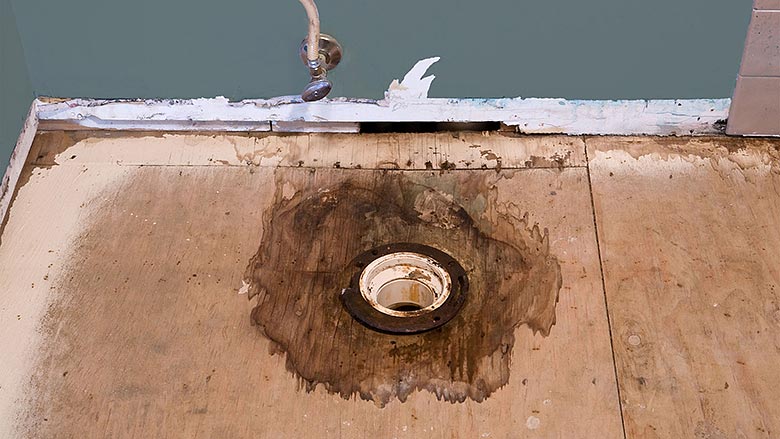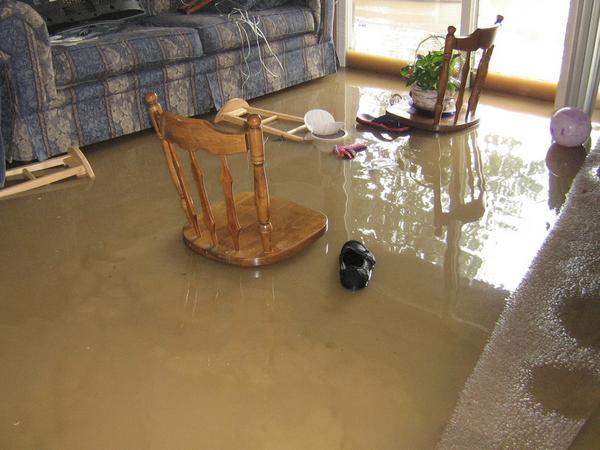Do you find yourself trying to locate info about How to Fix a Water Damage Bathroom?

The washroom is very susceptible for moist buildup as well as possible water damage due to the regular use of water in it. This write-up provides simple examination methods to help identifying water damage hazards.
The regular use of water in the shower room makes it incredibly vulnerable for damp accumulation and also prospective water damages. By checking it routinely, you can minimize water related damages.
The adhering to collection of inspections is simple to perform as well as should be done when in every three months in order to maintain your bathroom healthy and to avoid prospective water problems triggered by the bath tub, the shower, pipe joints and also plumbing, sinks, cabinets, as well as the toilet
Do not disregard performing these assessments and also be extensive while performing them. Remember that these easy assessments can save you a lot of cash by providing very early indicators for water damages
Bathtub and also Shower
The shower and bath tub call for special focus and upkeep. Examine the ceramic tiles and also replace if fractured. Ensure that there is no missing out on cement between the floor tiles. Check and also replace split caulking at joints where the walls satisfy the flooring or the bathtub. Blocked drains pipes and pipelines problems will stop the bath tub from drying as well as might indicate severe troubles beneath the bathtub. Speak with an expert promptly to stop architectural damages. Pay attention to discolorations or soft areas around the tub wall surfaces as they might show an internal leak.
Plumbing
Signs for water damage are difficult to discover considering that the majority of pipelines are mounted inside the wall surfaces.
Pay special attention to flooring and walls moisture as well as spots as they may suggest an undetectable plumbing trouble. Check moisture levels in adjoining rooms as well.
Sinks and Cabinets
Sinks as well as cupboards are subjected to wetness as well as humidity daily and are often overlooked. Inspect regularly under the sink and also on the kitchen counter over it. Fix any type of drip in the trap as it may suggest drain problems. Look around the sink, sluggish draining pipes may indicate a blocked drain. Change sink seals if they are fractured or loosened.
The Bathroom
The bathroom is a susceptible water joint. Examine the water lines as well as search for leakages around the commode seat, in the pipe, as well as under the water tank. If you spot any indicators of wetness on the floor around the commode, check for leakages in the toilet edge and also storage tank seals.
Be aware that hanging commode bowl deodorants raises the opportunities for blockages.
Water Damage Signs In The Bathroom To Avoid Cleanup
Musty smell
This is one of the easiest signs to catch because musty smells are so odorous. The damp, earthy, moldy smell should be a big red flag. The smell will develop when moisture gets trapped in surfaces, and begins to facilitate mold growth. Leaking pipes under cabinets, inside walls, and behind shower fixtures will cause moisture to stay trapped and not dry, which will lead to mold growth and spread. As soon as you notice any musty smells in your bathroom, have it checked for hidden water damage and cleanup signs.
Visible mold
If the smell isn’t there to give it away, sometimes you will actually see mold growth. Finding mold in your bathroom is a serious problem, because mold is very harmful to your health. By the time mold growth is visible, it also means that water damage has already occurred and been present for some time. The only way the mold problem can be resolved is to find the source of the moisture and get it stopped. To safely and adequately remove mold, you need to have professionals handle the remediation. Do not waste any time in getting mold problems addressed, fixed, and sanitized so that you can protect you and your family from the many respiratory symptoms caused by mold exposure.
Damaged floors
Bathroom floors should be able to withstand some exposure to water while still remaining in good condition. However, when excess exposure or water leaks occur, they will begin to damage even the most water-resistant flooring. If you notice any cracking, bubbling, staining, or warping on your bathroom floors, there is probably a water leak somewhere causing the distortion. If you notice areas of the floor have become softer, or even have a spongy feeling, there is probably damage to the subfloor. Subflooring is typically made up of plywood. When plywood is exposed to water or moisture, it will absorb it. Once it has become saturated, the weight of the excess water will cause the wood to swell and soften. Check the floors in your bathroom frequently to catch any of these sings before they lead to damaged subflooring.
Changes on walls
When water leaks behind walls, it will cause changes in the drywall. Peeling plaster, blistering paint, and soggy wallpaper are all good indicators that excess water is building up behind the wall. Water leaking behind drywall will cause it to swell and be soft to the tough. If you start to notice gaps along the trim of your walls, or where tile meets the wall, it could also be a strong indicator that there is a leak behind the wall. Any changes, distortion, or damage on the walls should be evaluated as soon as you notice it to prevent further water damage and cleanup.

I was shown that editorial about How to Prevent Bathroom Water Damage through a friend on another web address. Are you aware of somebody who is interested by the subject? Please feel free to share it. Thanks a bunch for your time. Come back soon.
Course Detail